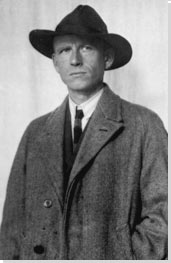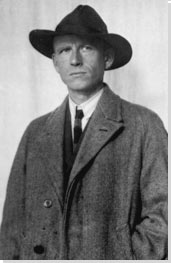
Otto Dix gained a reputation with his ghoulish and grotesque portrait paintings and visions of war. After serving in the first world war for Germany painting for him was as he states “Art is exorcism. I paint dreams and visions too; the dreams and visions of my time,”. Dix also stayed in Germany during WW2, where he attempted to fly under the radar, and painted landscapes and christian themes in a traditional style to avoid the label of “degenerate art”. Dix was also heavily inspired by northern renaissance artists.
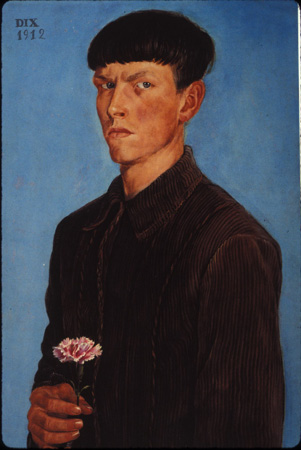
In his earlier ”Self-Portrait with Carnations” (1912), Dix had a brighter style. Dix also treated himself with respect and self confidence. This is unlike how he painted portraits of others, as he usually accentuates their worst features.
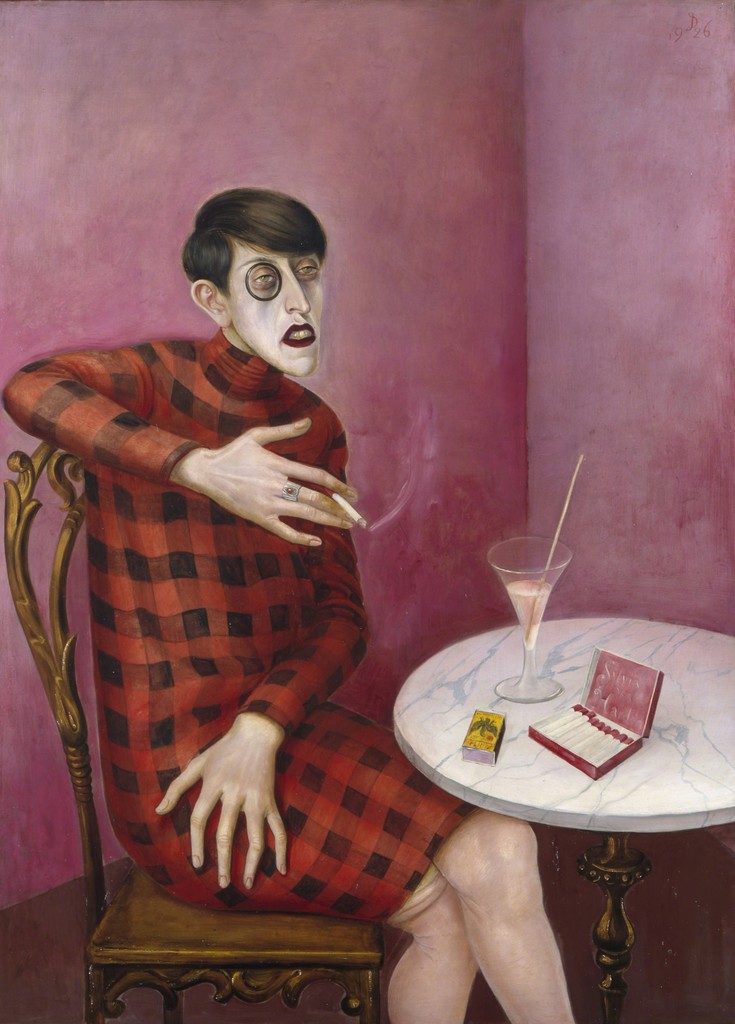
“The Portrait of the Journalist Sylvia von Harden” (1926) was an iconic image and one of Dix’s most recognized works. Dix had said that she was a perfect representation of society in that era.

“The Trench” (1923) was a piece that shocked many and launched a series of paintings of horrific scenery from Dix’s service from WW1.
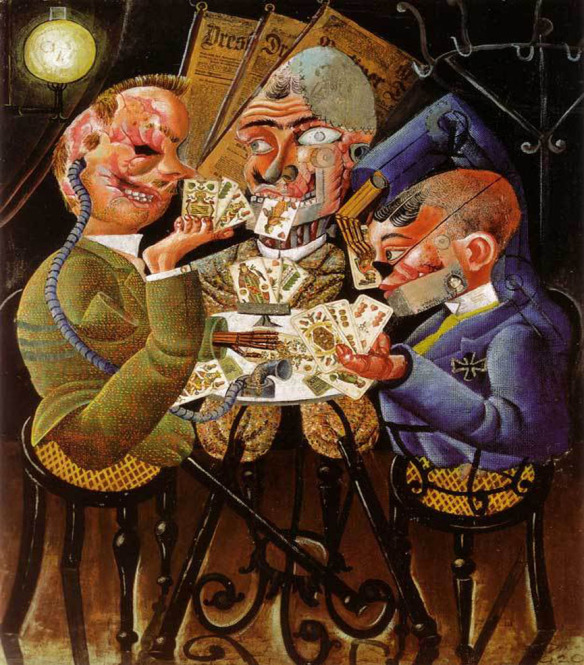
“The Skat Players” (1920) also visualizes the tragedies of war with its subjects. Utilizing his dadaist and cubist influence to show veterans mangled and playing cards.
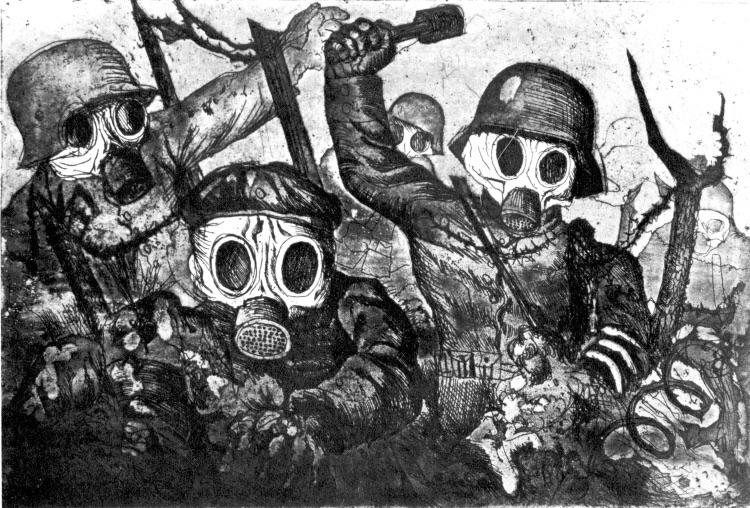
One Piece that I particularly like would be “Stormtroopers Advancing Under Gas” (1924). The eerie atmosphere and the choice of mediums is oddly intriguing for a gloomy scene.
Sources:
